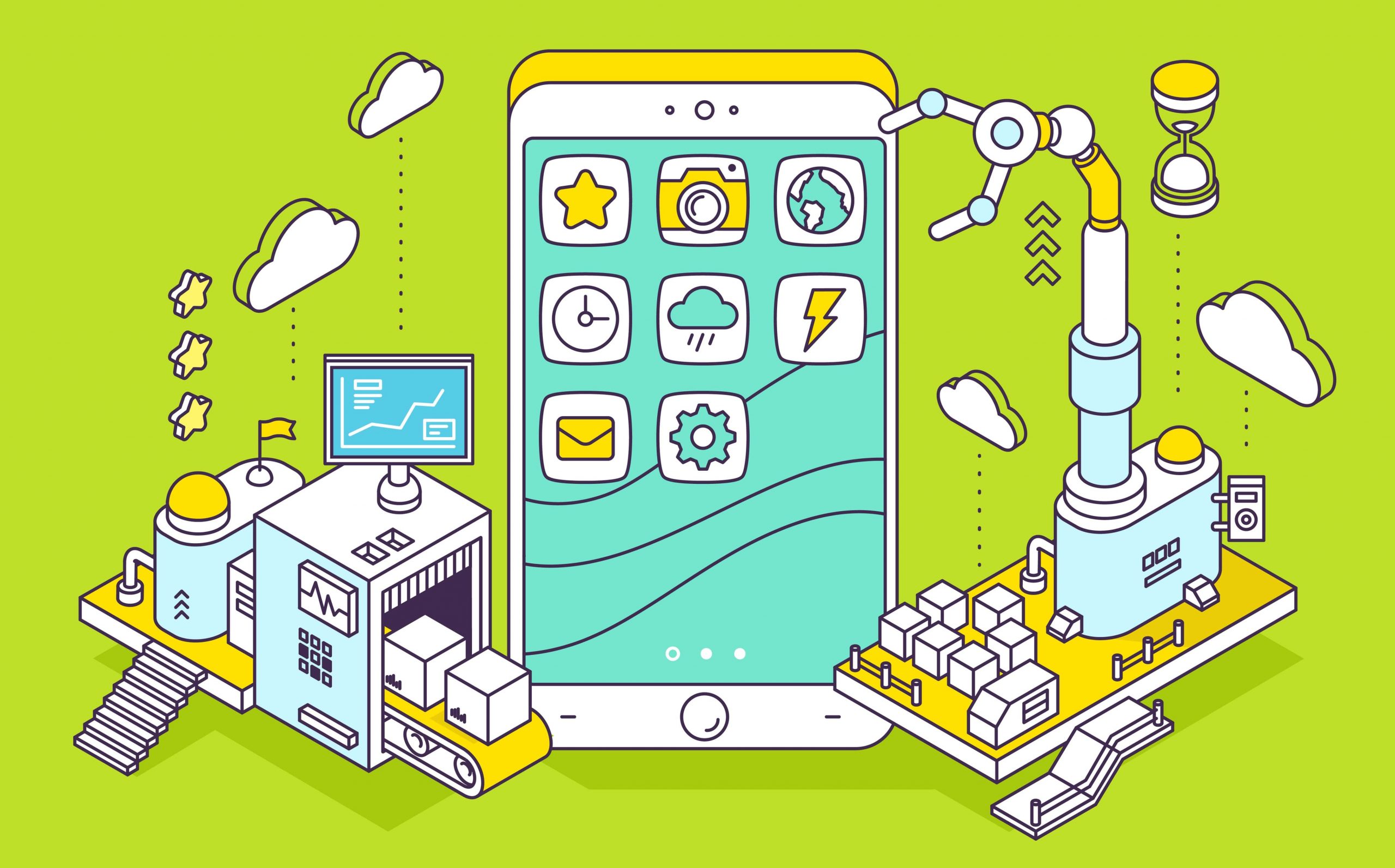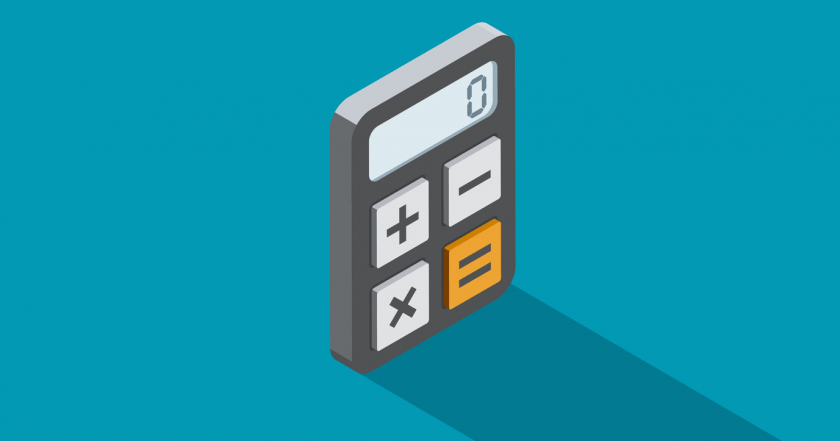The second major drawback of the fixed price model is the lack of flexibility. A client has to be super specific, and know exactly what they want. In this model, there is simply not much space for presumptive changes.
If you’re delegating a mobile app development, and then, halfway through the development, you decide you want to implement another feature, you are basically ruining the agreed principles of cooperation.
Such interference in the ongoing project usually messes up two things. The first one is the budget. If the feature is a minor, separate functionality, you’re likely to get away just with an additional cost. But what if the feature interferes in any way with what has already been developed?
Coming up with a such a detailed and thought-over specification of a project is a daunting challenge itself. Moreover, it’s time-consuming, so it may not exactly fit the dynamics of a startup environment or app development, if you will.
With that said, it’s not like there isn’t any upside to the fixed price model. After all, something had to make it the most popular pricing model among agencies and their clients.
First and foremost, it’s the fact that you can find out about the costs of your venture before starting it. After submitting a brief with the specifics, an agency takes a few days to calculate an estimate, and that’s it.
Then, there is the deadline. With the beginning of the cooperation, an agency declares to deliver a finished project by a certain date, so you’re nearly guaranteed to get your product ready for when you need it.
Both of those upsides, however, can turn into downsides, as you will find out by reading about the alternative to the fixed priced model, that’s called time and material.
Time and Materials: As Dynamic as You Are



